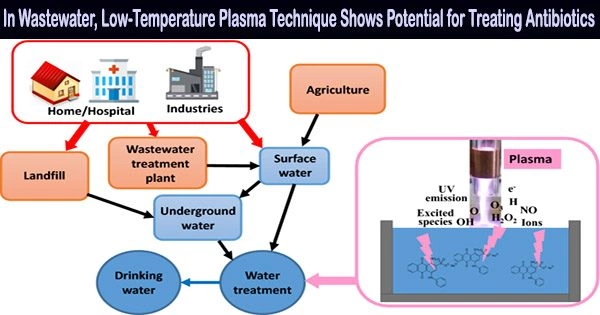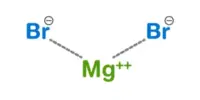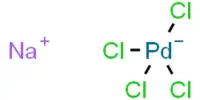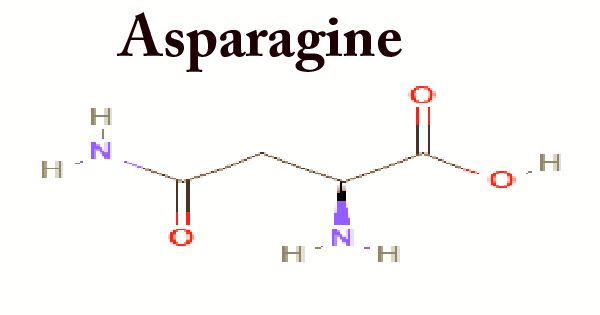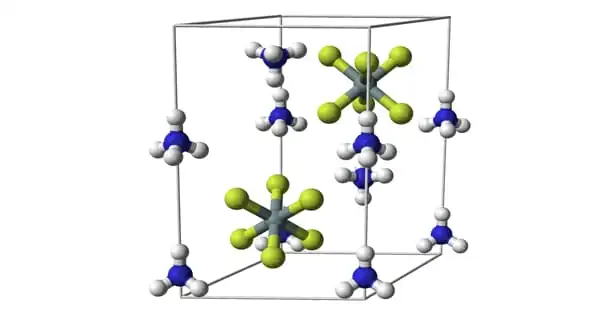Using low-temperature plasma technology, a research team from the Hefei Institutes of Physical Science of the Chinese Academy of Sciences presented a unique method to treat antibiotics. Prof. Huang Qing served as the project leader. The study was published in the Journal of Hazardous Materials.
The manufacture and use of antibiotics have increased as a result of medical advancements. Antibiotic treatment in wastewater is becoming a critical issue that needs to be addressed right now. To safeguard the environment and public health, it is imperative to develop efficient techniques for removing antibiotics from wastewater.
In this work, cold atmospheric plasma jet (CAPJ) and plasma-activated water were used to treat antibiotic combinations.
Under the right circumstances, it was discovered using this method that treating with combined antibiotics was more effective than treating with single antibiotics. For instance, active chlorine was created when chloramphenicol was broken down in plasma, which improved norfloxacin’s ability to cure infections.
Further research confirmed the significant role of ·OH and 1O2 in the degradation of norfloxacin and chloramphenicol by studying the effects of plasma-generated reactive oxygen/nitrogen species. The researchers also looked at the potential side effects of plasma-treated antibiotics and discovered that the environmental safety of the breakdown products.
For years, Prof. Huang’s team has been working on the advancement of plasma technology and how to use it to remediate antibiotic contamination of the environment.
This research also establishes a strong foundation for the use of plasma technology to treat wastewater that has been contaminated with a variety of antibiotics, which is a viable approach to the issue of reducing antibiotic pollution in the environment.
